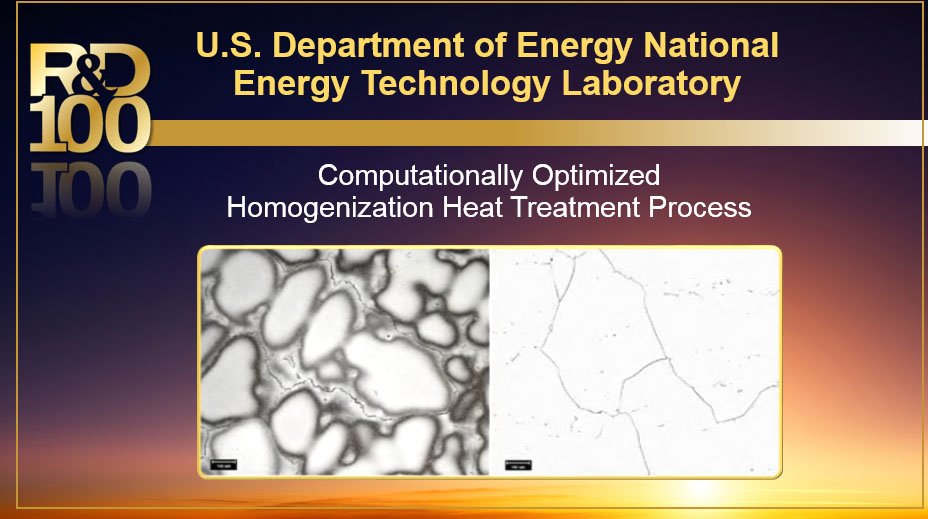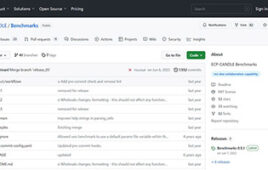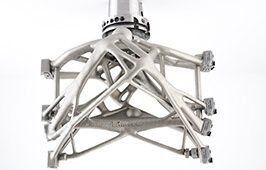
Alloys are combinations of two or more elements. During solidification of any alloy, the elements segregate unevenly. This chemical segregation is unavoidable and results in non-uniform regions that negatively impact an alloy’s mechanical and physical properties. Redistribution of the alloying elements is necessary to achieve optimal performance for the desired application of an alloy. The computational approach to homogenization uses basic diffusion kinetics based on the chemical diffusion coefficient of each element to determine the homogenization cycle necessary to redistribute the alloy’s segregation prone elements more uniformly throughout the alloy. Conventional homogenization processes rely on a trial-and-error approach that results in the need for more experimentation and analysis. If the selected times and temperatures do not achieve the desired degree of homogenization, additional experimentation will be necessary to obtain an acceptable degree for that alloy’s application.
The Computationally Optimized Homogenization Heat Treatment Process, which won an R&D 100 Award, is for alloys exposed to extreme environments, including heat-resistant alloys or those that require corrosion/oxidation resistance. Such alloys are typically used in industries that service the aerospace, military, petrochemical, power generation, nuclear, structural, automotive and instrumentation sectors.




